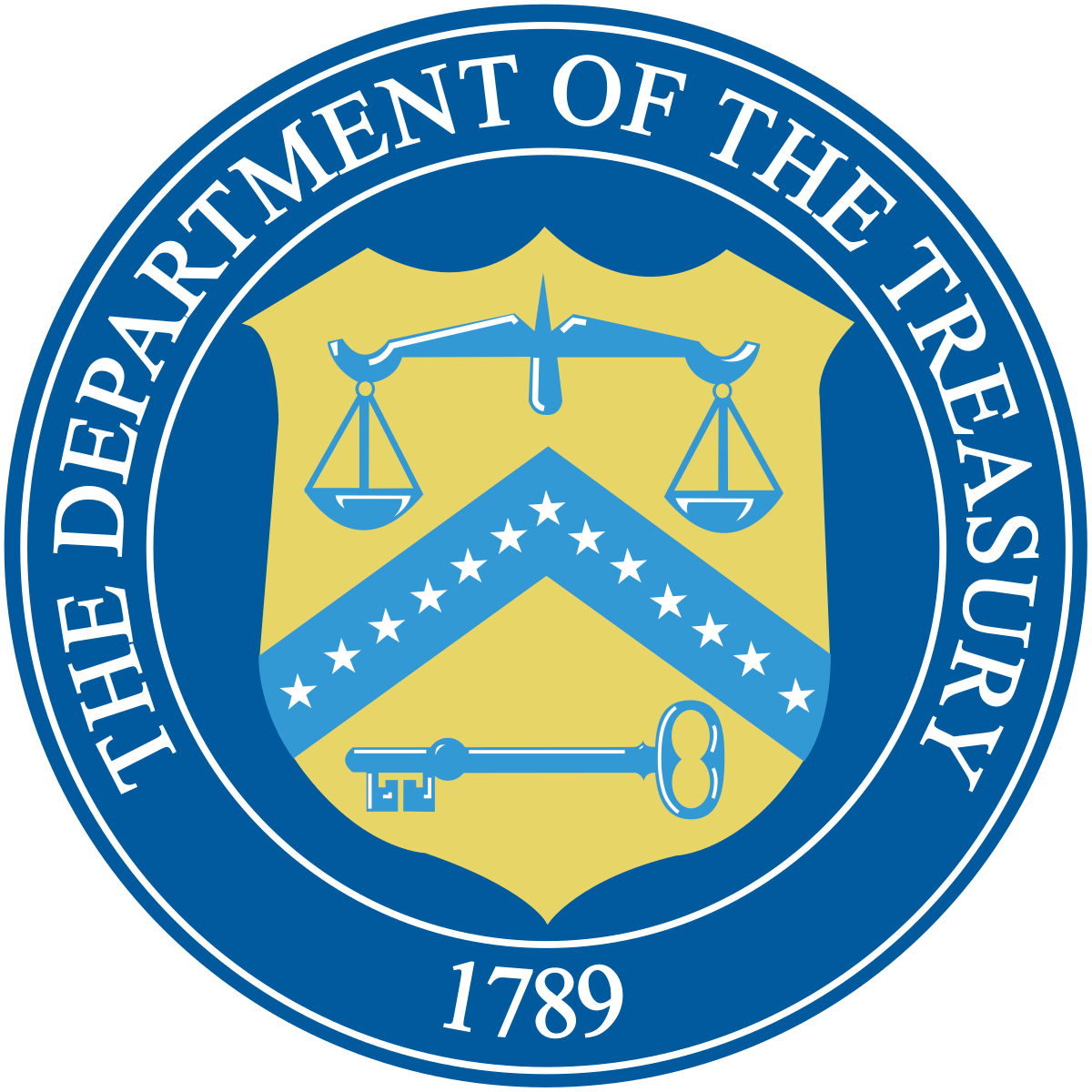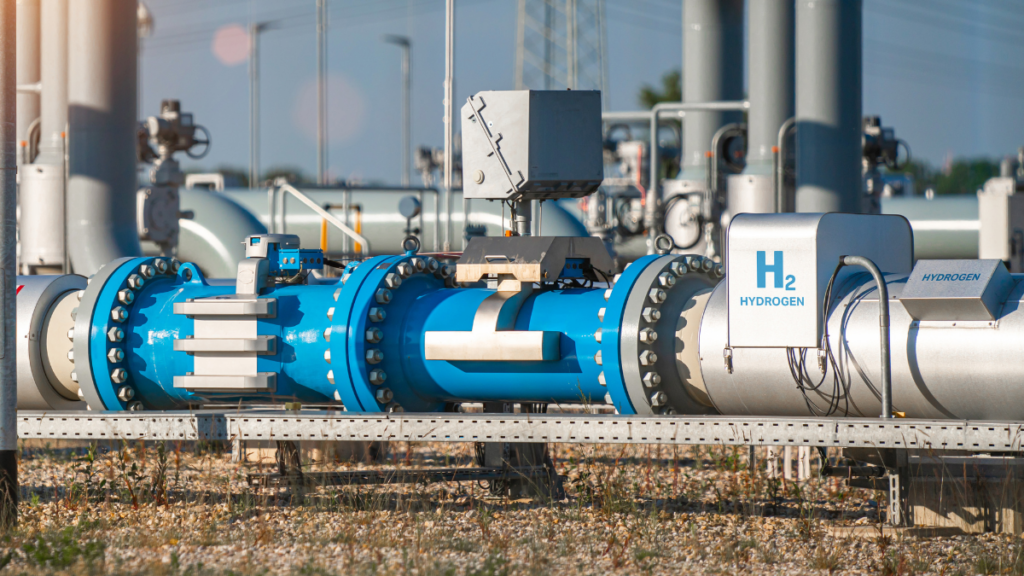
WASHINGTON – Today the U.S. Department of the Treasury and Internal Revenue Service (IRS) released proposed regulations on the Clean Hydrogen Production Credit established by the Inflation Reduction Act (IRA), part of President Biden’s Investing in America agenda and a key pillar of Bidenomics, which is creating good-paying jobs, strengthening energy security, spurring private-sector investment to build the clean energy economy, and combatting the climate crisis.
“The Biden-Harris Administration is driving American innovation in emerging industries to create good-paying jobs, strengthen U.S. energy security, and help the U.S. clear hurdles in our clean energy transition,” said U.S. Secretary of the Treasury Janet L. Yellen. “Incentives in the Inflation Reduction Act are helping to scale production of low-carbon fuels like hydrogen and cut emissions from heavy industry, a difficult-to-transition sector of our economy.”
“Today’s announcement will further unprecedented investments in a new, American-led industry as we aim to lead and propel the global clean energy transition,” said U.S. Secretary of Energy Jennifer M. Granholm. “Hydrogen has the potential to clean up America’s manufacturing industry, power the transportation sector and shore up our energy security all while delivering good-paying jobs and new economic opportunity to communities in every pocket of America.”
“The Inflation Reduction Act’s hydrogen tax credit will help build a clean hydrogen industry that will be critical in reducing emissions from harder-to-decarbonize sectors like heavy industry and heavy transportation,” said John Podesta, Senior Advisor to the President for Clean Energy Innovation and Implementation.
While clean hydrogen holds considerable potential to reduce emissions across a range of sectors and applications, conventional hydrogen production typically results in significant climate pollution. The Clean Hydrogen Production Credit aims to make production of clean hydrogen with minimal climate pollution more economically competitive and accelerate development of the U.S. clean hydrogen industry. Today’s proposed regulations advance those goals and will support the development of a robust U.S. clean hydrogen industry that creates good-paying jobs, while also reducing carbon emissions.
The Treasury Department’s Notice of Proposed Rulemaking (NPRM) provides definitions of key terms in the statute, including lifecycle greenhouse gas emissions, qualified clean hydrogen, and qualified clean hydrogen production facility. The safeguards outlined in the proposed rules are critical to preventing the credit from subsidizing hydrogen production with higher lifecycle greenhouse gas emissions than allowed by the statute.
The NPRM was developed after extensive consultations with experts across the federal government, particularly the Department of Energy (DOE), which oversees Argonne National Lab’s administration of the GREET model, and the Environmental Protection Agency (EPA), which administers the Clean Air Act. The proposed regulations provide guidance based on the statute’s references to the Clean Air Act and the GREET model.
The NPRM also takes comment on important issues where Treasury anticipates providing further clarity and certainty in the final rules. The NPRM will be open for public comment for 60 days once it is published in the Federal Register, and Treasury and the IRS will carefully consider comments before issuing final rules.
THE IRA CLEAN HYDROGEN PRODUCTION CREDIT
The IRA establishes a Clean Hydrogen Production Credit with four technology-neutral credit tiers based on the emissions rate of a hydrogen production process. For hydrogen production facilities meeting prevailing wage and registered apprenticeship requirements, the amount of the credit ranges from $.60 per kilogram (kg) of hydrogen produced to $3 per kg of hydrogen, depending on the lifecycle emissions of the hydrogen production.
The statute requires that credit eligibility be determined under the Clean Air Act’s definition of lifecycle greenhouse gas emissions, including significant indirect emissions, through the point of production. The statute also requires that lifecycle greenhouse gas emissions be determined under the most recent GREET model. The credit is available for 10 years starting on the date that a hydrogen production facility is placed into service for projects that begin construction before 2033, meaning it will remain available for some facilities well into the 2040s.
The NPRM is technology-neutral and describes how taxpayers must use the 45VH2-GREET model developed by Argonne National Laboratory to determine lifecycle greenhouse gas emissions. The statute also requires that to claim the credit, a taxpayer must have production and sale, or use of clean hydrogen verified by a qualified, unrelated third party. For taxpayers unable to use the 45VH2-GREET model because their hydrogen production technology and/or feedstock is not included, those taxpayers may petition the Secretary of the Treasury for a provisional emissions rate analogous to the lifecycle greenhouse gas emissions rate calculated using 45VH2-GREET.
HYDROGEN PRODUCED USING ELECTRICITY
The Treasury Department’s proposed rules describe how taxpayers may use energy attribute certificates (EACs), which demonstrate the purchase of clean power, to assess and document qualification for a particular credit tier. The proposed rules explain the three criteria that must be reflected in EACs being purchased by hydrogen producers claiming the tax credit:
- New clean power (Incrementality): Clean power generators that began commercial operations within three years of a hydrogen facility being placed into service are considered new sources of clean power. Generation resulting from a generator’s newly added capacity (“uprates”) are also considered new sources of clean power. The proposed rules also request comments on approaches by which generation from existing clean power generators could be considered to meet the requirements for new clean power under certain circumstances.
- Deliverable clean power: Clean power must be sourced from the same region as the hydrogen producer, as derived from DOE’s 2023 National Transmission Needs Study. The proposed rules also request comment on how to consider transmission of clean power between regions.
- New, deliverable clean power generated annually, with a phase-in to hourly generation (Time-matching): EACs will generally need to be matched to production on an hourly basis—meaning that the claimed generation must occur within the same hour that the electrolyzer claiming the credit is operating. The proposed rules include a transition to allow annual matching until 2028 when hourly tracking systems are expected to be more widely available and seeks comment on this transition timeline.
HYDROGEN PRODUCED USING RENEWABLE NATURAL GAS
The proposed rules detail eligibility requirements for hydrogen production from landfill gas in certain circumstances. Treasury and IRS anticipate finalizing rules in which additional hydrogen production pathways using renewable natural gas (RNG) and fugitive methane, such as coal mine or coal bed methane, qualify and are seeking public comment on conditions for qualification while adhering to the standards in the statute.
SUPPORTING ANALYSIS
The NPRM is supported by a technical paper from DOE that considers how to assess lifecycle greenhouse gas emissions associated with hydrogen production using electricity. Treasury is also citing to a letter from EPA to Treasury explaining how its prior interpretations of the Clean Air Act could inform Treasury’s implementation of the statute given the statutory reference to the Clean Air Act. In addition to the Treasury Department’s NPRM, DOE is releasing the 45VH2-GREET model that taxpayers will use to calculate the 45V credit and an updated GREET user manual.
- Environmental Protection Agency, Letter to Treasury on the definition of lifecycle greenhouse gas emissions under the Clean Air Act to support Treasury’s interpretation and implementation of Internal Revenue Code section 45V, December 22, 2023
- Department of Energy, Assessing Lifecycle Greenhouse Gas Emissions Associated with Electricity Use for the Section 45V Clean Hydrogen Production Tax Credit, December 22, 2023





